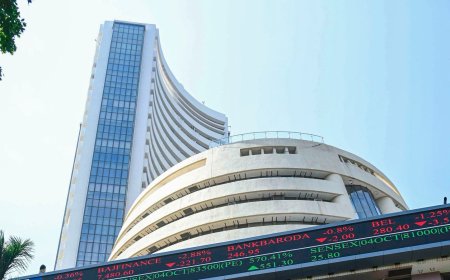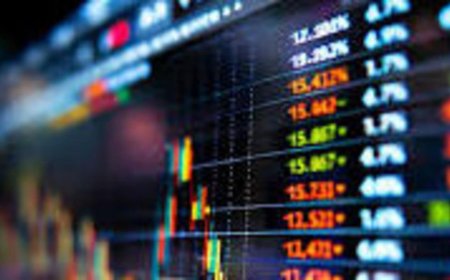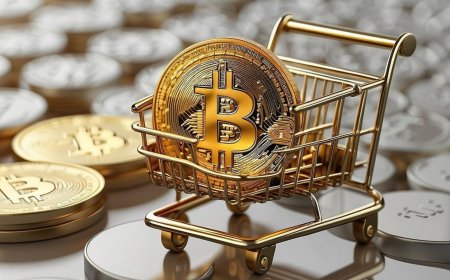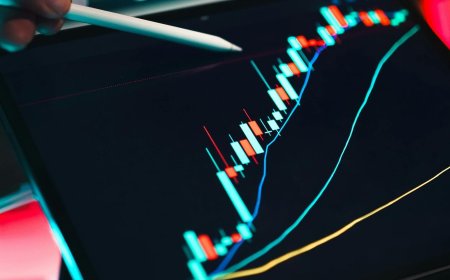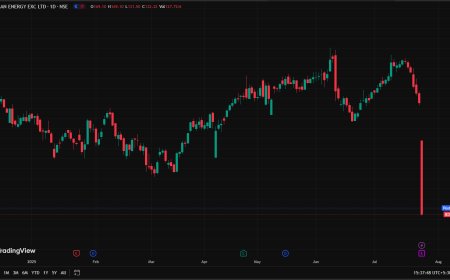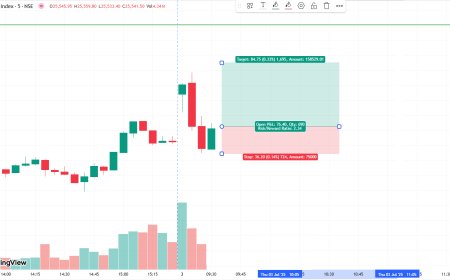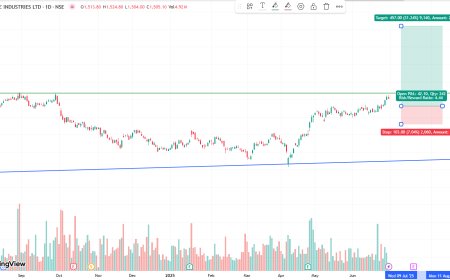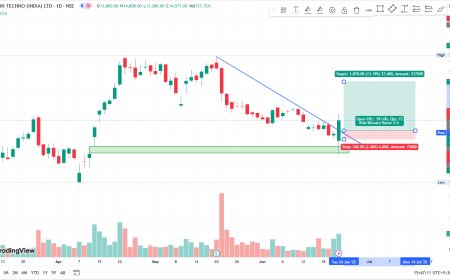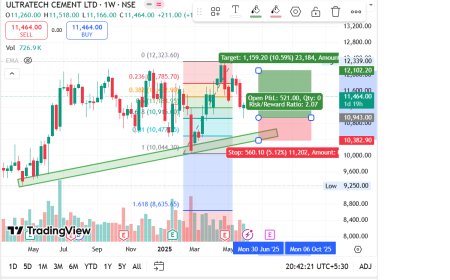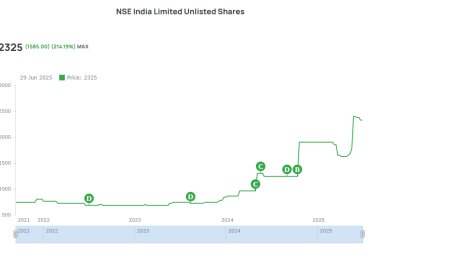Morning Bid Europe: Chaotic US Trade Shifts Leave Global Markets on Edge
Global markets react cautiously as sudden shifts in US trade policy fuel volatility. Investors across Europe brace for economic uncertainty amid geopolitical friction and economic recalibration.
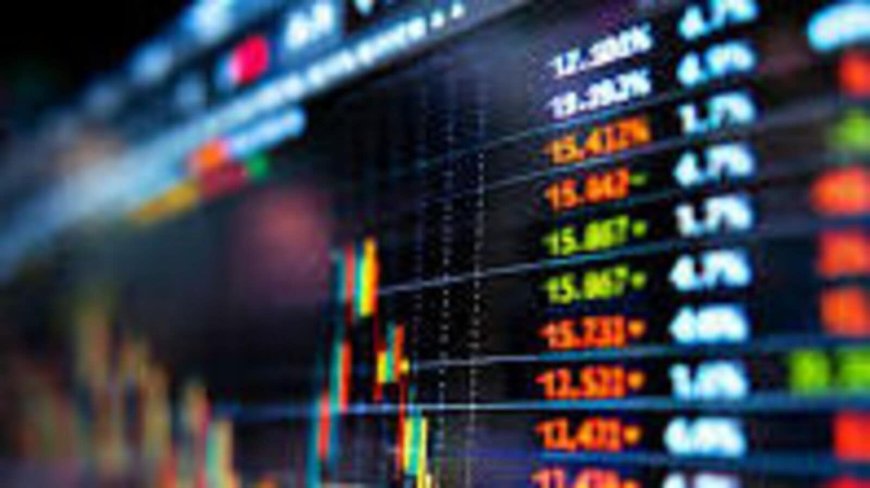
Morning Bid Europe: Chaotic US Trade Shifts Leave Markets Wary
As dawn breaks over Europe, financial markets across the continent are waking up to a whirlwind of uncertainty sparked by unpredictable trade policy shifts in the United States. The reverberations from Washington’s economic maneuvers are not confined to American shores—they're now sending tremors through equity indices, bond yields, and currency valuations around the world, and particularly across Europe’s sensitive investment landscape.
In today’s Morning Bid Europe, we take a deep dive into the latest developments from across the Atlantic and what they mean for investors in the eurozone, the UK, and beyond. Amid a storm of geopolitical tension, interest rate confusion, and cross-border economic recalibrations, markets are preparing for another choppy session. The global risk radar is blinking red—and traders are on high alert.
US Trade Pivot Leaves Investors Reeling
The latest chapter in US trade policy has unfolded with little warning and even less clarity. Abrupt tariff proposals, retaliatory threats from major trade partners, and a general atmosphere of policy unpredictability have reignited fears of a return to protectionism.
Just days ago, the Biden administration announced a fresh round of tariffs targeting sectors previously untouched, including high-end tech imports and electric vehicles from China and the European Union. The announcement caught traders off-guard, especially given the simultaneous efforts by the US Federal Reserve to cool inflation without tipping the economy into recession.
The clash between monetary and trade policy is proving increasingly hard to digest for investors. Markets had started pricing in at least one rate cut by the Fed later this year, but the trade disruptions now raise fresh inflationary risks—forcing a rethink.
Europe Feels the Heat
European stocks, which had shown relative resilience in recent weeks, are now showing signs of buckling under pressure. The STOXX Europe 600 index opened the week with a modest dip but rapidly lost ground as the details of the US trade measures trickled in. Automakers and industrials are taking the biggest hit, given their exposure to global supply chains and dependence on exports to the US market.
Germany’s DAX fell sharply in early trading, dragged down by BMW, Volkswagen, and Daimler, all of which have significant manufacturing ties with both China and the US. Meanwhile, France’s CAC 40 saw notable weakness in luxury and retail segments—areas that rely on global consumer stability.
Even the FTSE 100 in London wasn’t spared. The index has been particularly volatile as post-Brexit trade realignments make the UK economy even more sensitive to global disruptions. Miners and financial stocks led the decliners, reflecting fears of both slowing global growth and rising borrowing costs.
Currency Markets: Dollar Dominance Tested
The FX markets have also been rattled. The euro fell below $1.08, while sterling dipped toward $1.26, both pressured by safe-haven flows into the dollar. Ironically, the dollar’s strength is now facing internal contradiction. On the one hand, trade protectionism might boost US domestic production and, by extension, the dollar. On the other, it could choke global demand, triggering a broader risk-off sentiment.
Emerging market currencies were among the hardest hit. The South African rand, Brazilian real, and Indian rupee all declined, highlighting growing investor aversion to geopolitical and economic instability. In contrast, the Swiss franc and Japanese yen found some favor, underlining a shift toward traditional havens.
Bond Yields: Mixed Signals from Fixed Income
The US 10-year Treasury yield, often seen as a global benchmark for risk, surged to 4.56%, reflecting investor worries about inflation flaring up from trade-related input costs. But in Europe, bond markets were far more mixed.
German bund yields initially rose but later reversed as risk aversion intensified. Italian bonds widened against German bunds, indicating rising risk premiums for peripheral economies. UK gilts remained volatile as traders struggled to price in the dual threat of inflation and economic stagnation.
Fed Watch: Complicating the Narrative
All eyes are now turning toward the Federal Reserve. The upcoming policy meeting is shaping up to be one of the most consequential of the year. With markets pricing in both a potential rate cut and inflation risks from trade disruptions, the Fed finds itself between a rock and a hard place.
Chair Jerome Powell has already stated that monetary policy cannot directly address supply-side shocks. However, if new tariffs stoke consumer prices—especially in core goods—the Fed may be forced to delay easing measures. This uncertainty has increased implied volatility across all asset classes.
Commodities: Oil, Gold, and Industrial Metals React
In the commodities space, oil prices were little changed but remain elevated above $82 per barrel for Brent, with supply concerns from the Middle East offering a counterweight to growth fears. Gold, on the other hand, surged past $2,360 per ounce as investors sought safety.
Copper and aluminum—key indicators of global industrial activity—fell sharply, signaling investor skepticism about near-term manufacturing momentum. These declines reflect both real-time demand concerns and forward-looking worries about supply chains.
Geopolitical Flashpoints: A Perfect Storm?
Beyond trade, geopolitical risks are adding fuel to the fire. US-China tensions remain at boiling point, exacerbated by Washington’s aggressive trade stance. Meanwhile, Europe is dealing with its own internal political uncertainties, with upcoming elections in the UK and potential fiscal recalibrations in France and Italy.
The Russia-Ukraine conflict continues to simmer in the background, and with NATO talks on the horizon, further market volatility is expected. In this context, economic fundamentals are increasingly taking a back seat to political maneuvering.
Corporate Sentiment: CEOs Turn Cautious
Recent earnings calls and corporate forecasts from major European firms are painting a grim picture. Executive teams are turning more cautious in their guidance, citing an unpredictable policy environment and waning consumer confidence.
Siemens, Unilever, and LVMH have all highlighted currency headwinds and input cost pressures in their earnings commentary. Supply chain managers are now reassessing procurement strategies, while CFOs are bracing for cost escalations and operational inefficiencies.
Outlook: Risk-Off Mood May Persist
Given the prevailing uncertainty, a prolonged risk-off environment seems increasingly likely. Central banks may become more reactive, companies more defensive, and investors more selective.
Traders are now reducing risk exposure, increasing cash allocations, and revisiting hedging strategies. Hedge funds are dialing back on leveraged bets, while institutional investors are boosting allocations to inflation-linked bonds and precious metals.
Retail investors are also feeling the pinch. With many still nursing losses from 2022’s bear market, the latest chaos adds to the psychological weight. Google searches for "market crash," "safe investments," and "gold ETFs" have spiked, reflecting broader anxiety.
European Dawn Casts Long Shadows
As Europe wakes up to a world gripped by trade-induced uncertainty, the message is clear: complacency is no longer an option. Whether you're a short-term trader or a long-term investor, the time to reassess risk, rebalance portfolios, and watch global signals more closely has arrived.
The chaos in US trade policy is more than just a Washington problem. It’s a global puzzle—one with real consequences for European markets and the global financial system. As we move through this pivotal week, staying nimble and informed is the best defense against a market that’s increasingly driven by chaos over clarity.
What's Your Reaction?
 Like
0
Like
0
 Dislike
0
Dislike
0
 Love
0
Love
0
 Funny
0
Funny
0
 Angry
0
Angry
0
 Sad
0
Sad
0
 Wow
0
Wow
0




